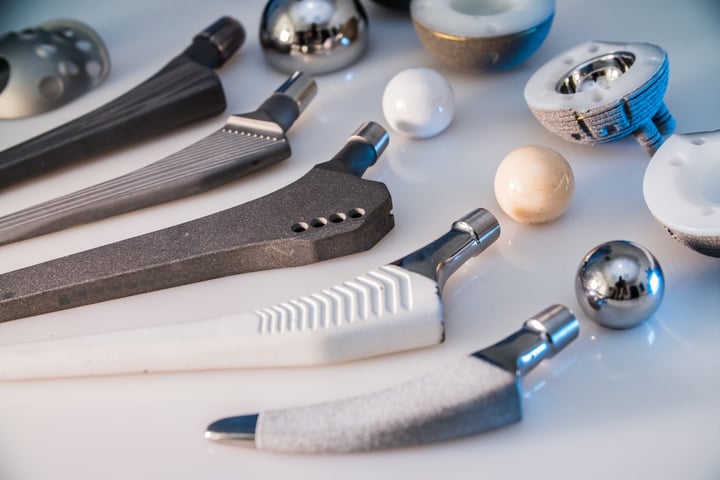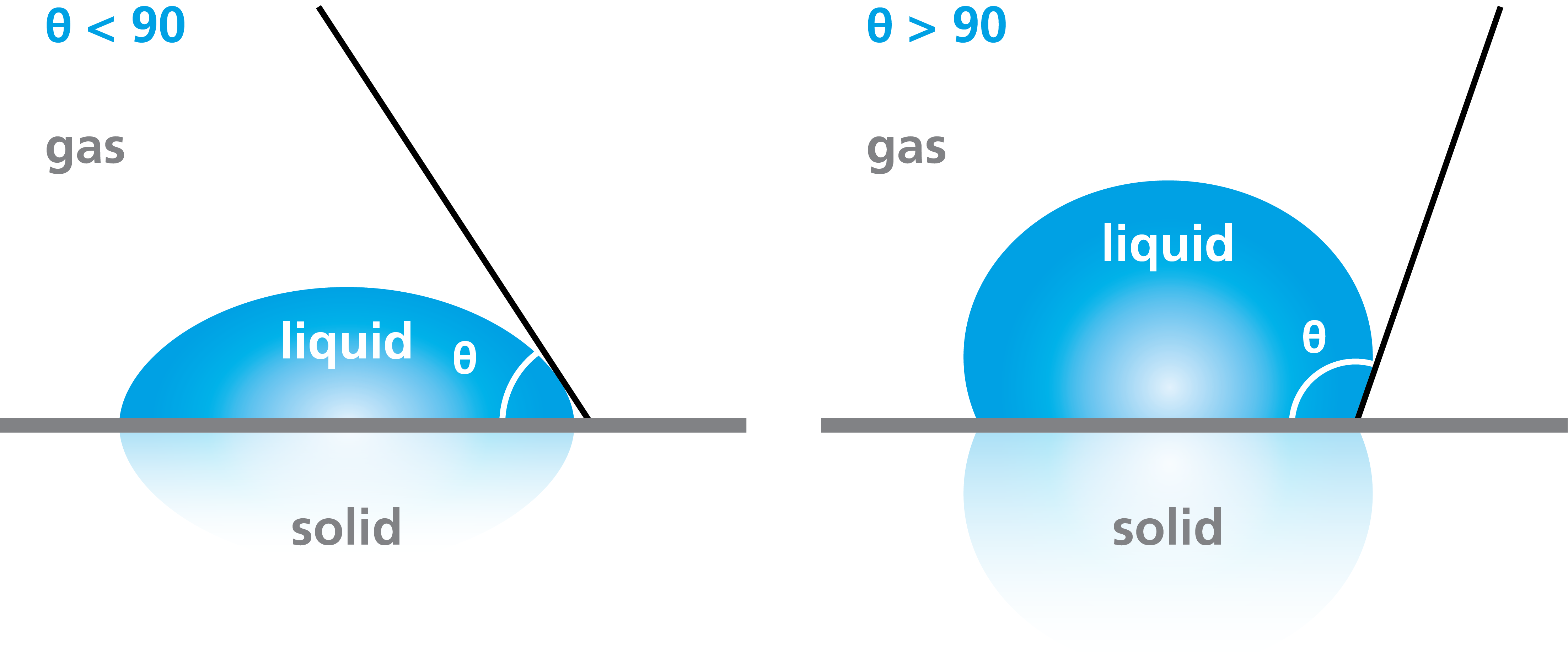
Biomaterials have become integral in modern medicine, facilitating advancements in tissue engineering, drug delivery, and medical device design. These materials often come into direct contact with biological systems, making their surface properties a critical factor in their performance. One such surface property that significantly impacts biomaterial functionality is wettability. In this blog post, we will explore the concept of wettability, its importance in biomaterials, and how it can be manipulated to improve biocompatibility and overall performance.
Wettability refers to the ability of a liquid to spread across the surface of a solid material. This phenomenon is governed by the balance between adhesive forces (attractive forces between the liquid and solid) and cohesive forces (forces within the liquid). The contact angle, which is the angle formed between the liquid's interface and the solid surface, is a key parameter used to assess wettability.
Contact angles can be categorized into three primary regimes:

Wettability plays a crucial role in the performance of biomaterials for several reasons:
Manipulating the wettability of biomaterials can be achieved through various techniques and surface modifications:
Chemical Modification: Surface treatments, such as plasma treatment, chemical coatings, or grafting of functional groups, can alter the material's surface chemistry and wettability.
Topographical Changes: Creating micro or nanostructures on the material's surface can influence wettability. Superhydrophobic surfaces often feature hierarchical structures that trap air pockets, preventing liquid contact.
Biomimicry: Drawing inspiration from nature, biomaterials can be designed to mimic the lotus leaf's superhydrophobicity or the adhesive properties of gecko feet, enabling tailored wetting behaviors.
Coating Technologies: Applying thin films or coatings with specific wettability properties can modify biomaterial surfaces without altering their bulk properties.
Wettability is a fundamental property that profoundly affects the performance and biocompatibility of biomaterials used in various medical applications. By carefully manipulating the surface properties of these materials, researchers and engineers can enhance their wetting behaviors, enabling better integration with biological systems, controlled drug release, and improved long-term performance. The continued exploration of wettability in biomaterials promises to unlock new possibilities in the field of medical science and technology.
Learn about the effect of surface roughness and wettability on biocompatibility of biomaterials and medical devices.
Contact angle measurements help to evaluate the adhesion and performance of biomedical coatings.
Contact angle measurements offer insight into the behavior of a biomedical device in the human body.
Sign upp for the webinar to learn more about how QCM-D is used to study biomaterial-induced activation of the immune system
Read about how QSense QCM-D analysis is used in the quest to tackle inflammation and bacterial infections on implant surfaces.
Learn about the past and future development of biomaterials in regenerative medicine.
Learn about the distinction between the two concepts biomaterials and tissue engineering and how they relate to each other.
Learn more about how biocompatibility is defined and what this property entails
